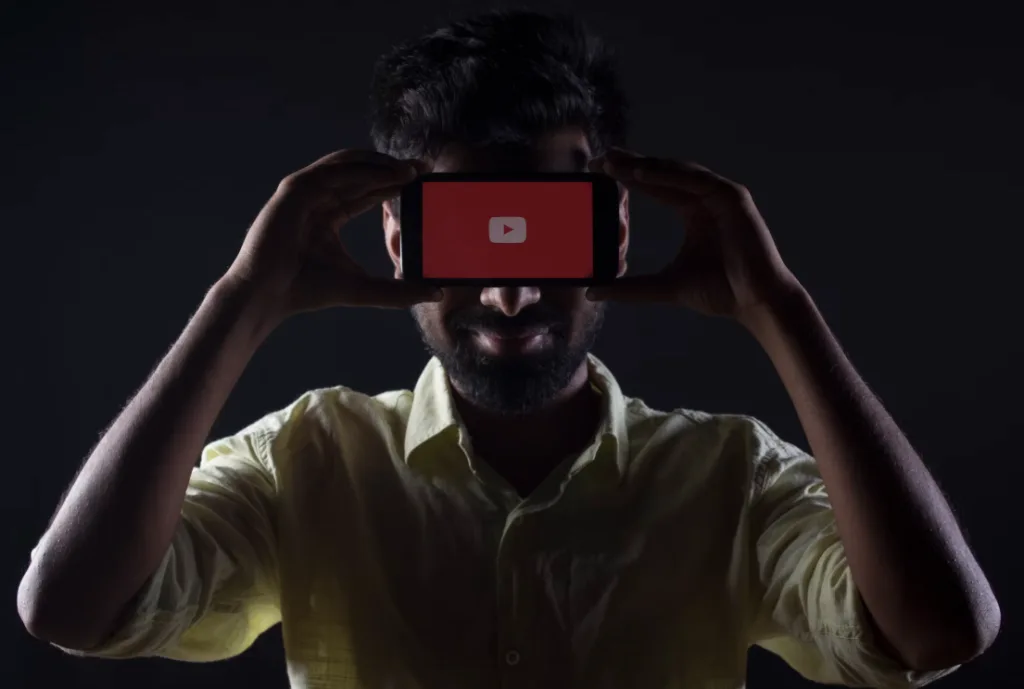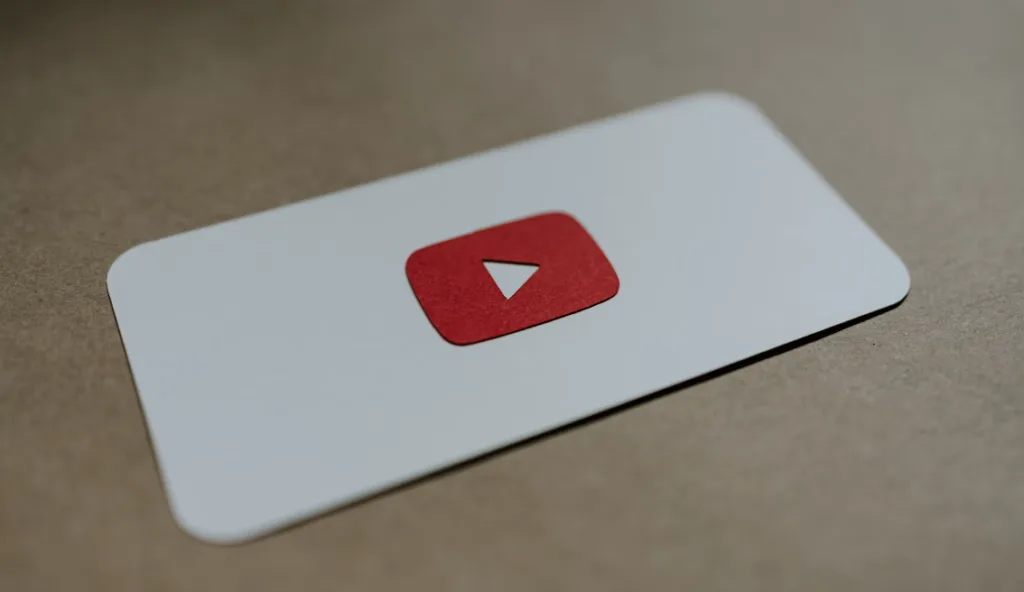When to Pivot Your Content Strategy: Youtube Tips and Tricks from Creator Science
In the ever-evolving world of content creation, one of the most challenging decisions creators face is when to pivot their content strategy.
The Creator Science podcast, hosted by Jay Clouse and featuring Conor Conaboy, delves into this crucial topic, offering valuable insights for content creators at all levels.

The Dilemma of Audience Fit
One of the most pressing questions for content creators is when to stop creating content due to a lack of audience.
This issue is intrinsically tied to the concept of “niche fit” – finding the right audience for your content. Jay and Conor discuss several important factors to consider:
- Platform Dependence: The time it takes to gain traction varies by platform. For example, YouTube typically requires a longer commitment (1-2 years) before seeing significant results.
- Content Iteration: Short-form content allows for faster iteration and audience feedback.
- Authenticity vs. Pandering: Conor emphasizes the importance of staying true to your interests:
“If you’re trying too hard to fit into like what other people like rather than exploring your own interests and trying to make the best content there, I think you’re hurting yourself in the long run.”
- Discovery Platforms: Validate audience interest on platforms with built-in discovery mechanisms (e.g., social media, YouTube) rather than closed platforms like podcasting or email lists.
- Commitment and Perseverance: Jay shares a personal anecdote about his business journey, highlighting the importance of unwavering commitment:
“The honest answer to that is I didn’t feel like I had a choice like failure was just not an option in my mind.”

Signs of Progress and Audience Connection
When evaluating your content strategy, look for these positive indicators:
- Enthusiastic viewer reactions
- Binge-watching behavior
- Unique, passionate feedback
If you’re not receiving such feedback, it might indicate issues with content quality or audience fit.
Research and Competitive Analysis
Before abandoning a niche, consider these steps:
- Research other creators in your niche
- Analyze their content performance
- Study audience reactions to similar content
- Identify potential improvements in your approach
Remember, uniqueness isn’t always about inventing entirely new concepts.
As Conor points out:
“A lot of people on YouTube try really hard to be one like 100% novel and like every idea I’ve had is mine and no one else had that idea which is generally not true.”

Posting Frequency and Audience Retention
The podcast also touches on the important topic of posting frequency. Shelly, an editor, raises an interesting point about viewer behavior:
“As a viewer with a busy life and many interests, I can’t keep up with people’s weekly uploads as much as I’d want to and tend to put off viewing their videos or forgetting to watch them altogether.
In comparison, YouTubers that upload twice a month or even less, I’m more likely to watch their videos immediately.”
This observation leads to a discussion about finding the right balance between consistent content output and audience retention.
Key points include:
- The “incremental cost” of missing content: More frequent uploads can lead to a lower perceived cost of missing individual pieces of content.
- Routine vs. Event: Decide whether you want your content to be part of viewers’ routines or special events they look forward to.
- Consistency is key: Whatever schedule you choose, maintain consistency to set viewer expectations.
Multilingual Content Strategies
For creators who speak multiple languages, the question of which language to use for content creation is crucial.
The podcast offers several considerations:
- Audience Goals: Determine whether you want a broader, international audience or a more connected, local one.
- Competitive Advantage: Check if there’s less competition in your native language niche.
- YouTube’s Multilingual Features: Utilize YouTube’s subtitles and audio track features to cater to multiple languages.
- Future of AI Dubbing: Consider the potential impact of advancing AI dubbing technologies on multilingual content strategies.

Building a Personal Brand: From Content to Creator
One of the most valuable transitions a content creator can make is shifting from viewers watching for the content to watching for the creator themselves.
This transition builds a more loyal audience base.
Here are some strategies to achieve this:
- Consistent Quality: Maintain high-quality content to build trust over time.
- The “Regret Test”: Ensure each piece of content passes what Jay calls the “regret test” – viewers should feel their time was well-spent.
- Multiple Touch Points: Engage with your audience across various platforms (e.g., community posts, social media, email).
- Patience and Persistence: Building a personal brand takes time and consistent effort.
Conor adds an important perspective:
“You absolutely should not count on people watching just because of you… Always recognize that the subset of your audience that will watch you because of you is always going to be the smaller part of your overall audience.”
Finding Your Niche and Maintaining Passion
For creators struggling to find a niche they can stick with long-term, the podcast offers valuable advice:
- Reframe Your Perspective: Don’t view oversaturation as a negative. Instead, focus on your unique angle within the niche.
- Differentiate Yourself: Stand out through your approach, personality, editing style, or format.
- Expand Gradually: Use a “land and expand” approach to explore related topics while maintaining your core audience.
- Embrace Challenges: As Conor puts it:
“Hard is good because if you solve hard, you’re going to have an advantage because other people are also going to see it as hard.”

Key Youtube Tips and Tricks for Content Creators
- Patience is crucial: Building an audience takes time, especially on platforms like YouTube.
- Stay true to your interests: Authenticity resonates more than trying to fit into perceived popular niches.
- Look for small signals of progress: Passionate feedback from a few viewers can be more indicative of potential success than raw view counts.
- Consistency is key: Whether you post frequently or infrequently, maintain a consistent schedule to set viewer expectations.
- Multilingual content requires strategic thinking: Consider your audience goals and the potential of new technologies when deciding on language strategies.
- Building a personal brand is a gradual process: Focus on consistently delivering value and engaging with your audience across multiple platforms.
- Don’t fear oversaturated niches: Focus on your unique perspective and how you can differentiate yourself.
- Embrace challenges: Solving difficult problems in content creation can give you a competitive edge.
Conclusion
The journey of a content creator is filled with challenges, from finding the right niche to building a loyal audience.
However, with persistence, authenticity, and strategic thinking, creators can navigate these challenges and build successful, fulfilling content careers.
There’s no one-size-fits-all approach to content creation. Stay true to your passions, consistently deliver value to your audience, and be willing to adapt and grow along the way.
Success in content creation is not just about finding the right niche or posting frequency – it’s about connecting with your audience authentically and consistently providing value.
(Source: The “Creator Science” Podcast with Jay Clouse featuring Conor Conaboy)




